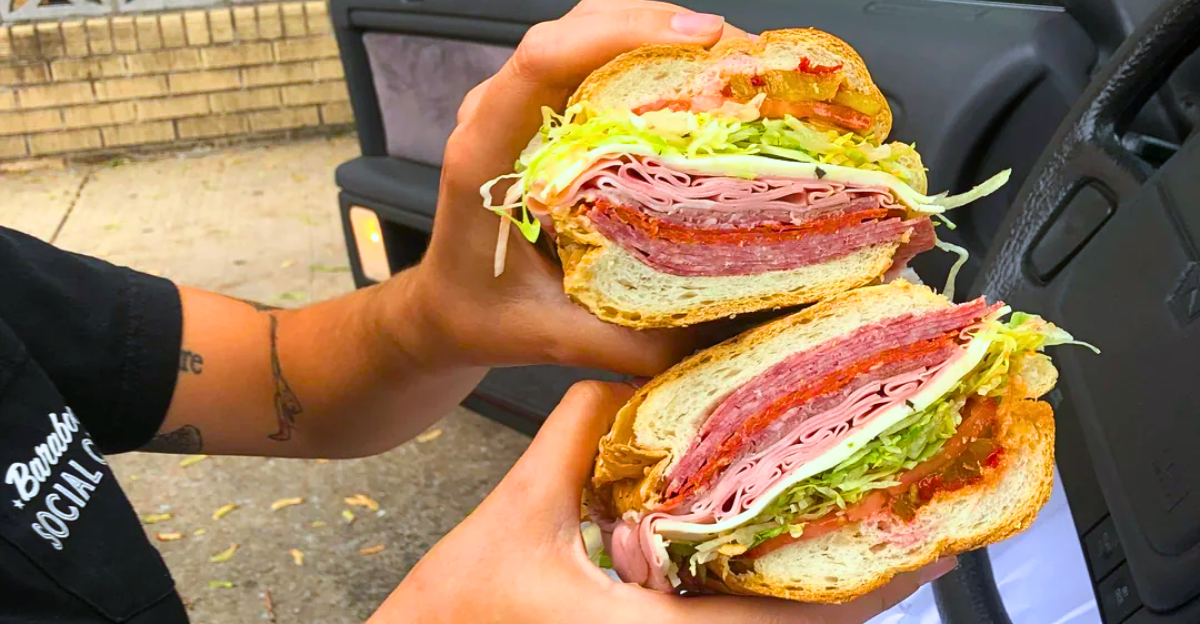
Think you know which sandwich chains dominate the U.S.? Not so fast. Critics love artisanal bread and camera-ready lunches, but the real titans of the sandwich world play by Wall Street rules. Take Jersey Mike’s, it quietly sold for $8 billion to Blackstone, outpricing many Fortune 500 firms. Subway still boasts 20,133 U.S. stores, but makes less per location than gas station chain Wawa.
The sandwich wars aren’t about ads or celebrity chefs. They’re about speed, scale, and strategy. These 19 chains didn’t just win the sandwich game; they redefined what victory even looks like. And chances are, you’ve underestimated most of them.
McDonald’s McCrispy
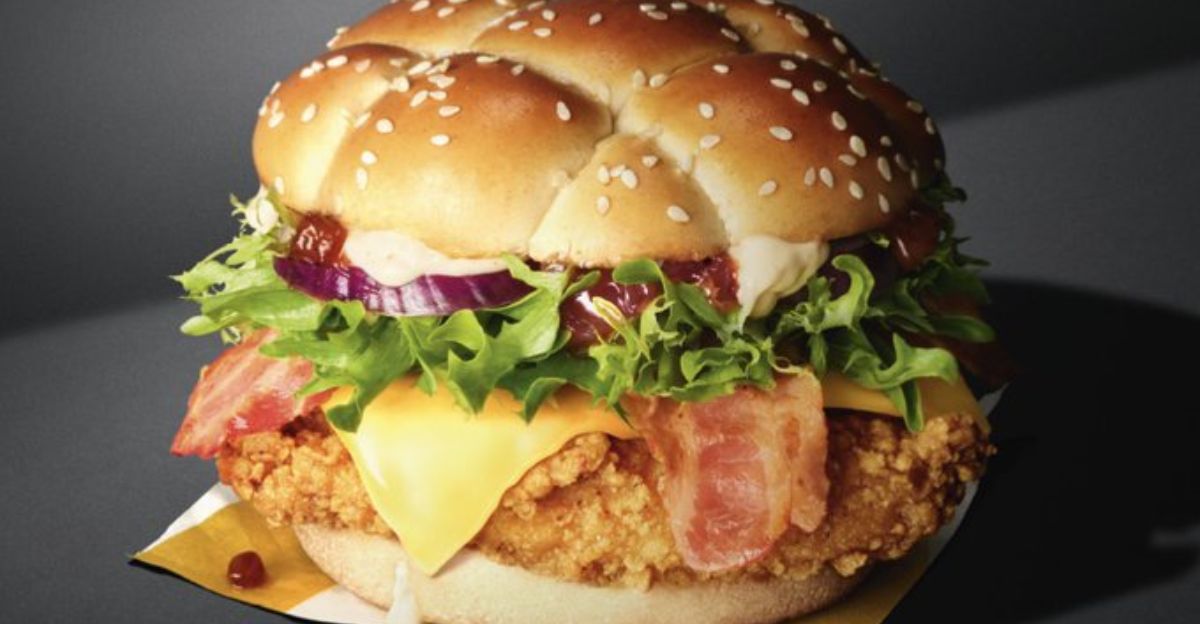
McDonald’s is now America’s most profitable sandwich chain, and almost no one noticed. Its chicken sandwich business now rivals its legendary burger revenue at $25 billion a year. The McCrispy line, launched in 2021, is live in 10 major markets and expanding to wraps and tenders by 2026.
While others chased the sub crown, McDonald’s treated chicken like a secret weapon. In fact, it now earns more sandwich revenue than Subway, Arby’s, and Jimmy John’s combined. The twist? Most still don’t consider it a sandwich brand. That blind spot allowed McDonald’s to quietly pull off the most successful food category takeover in fast-food history.
Jersey Mike’s
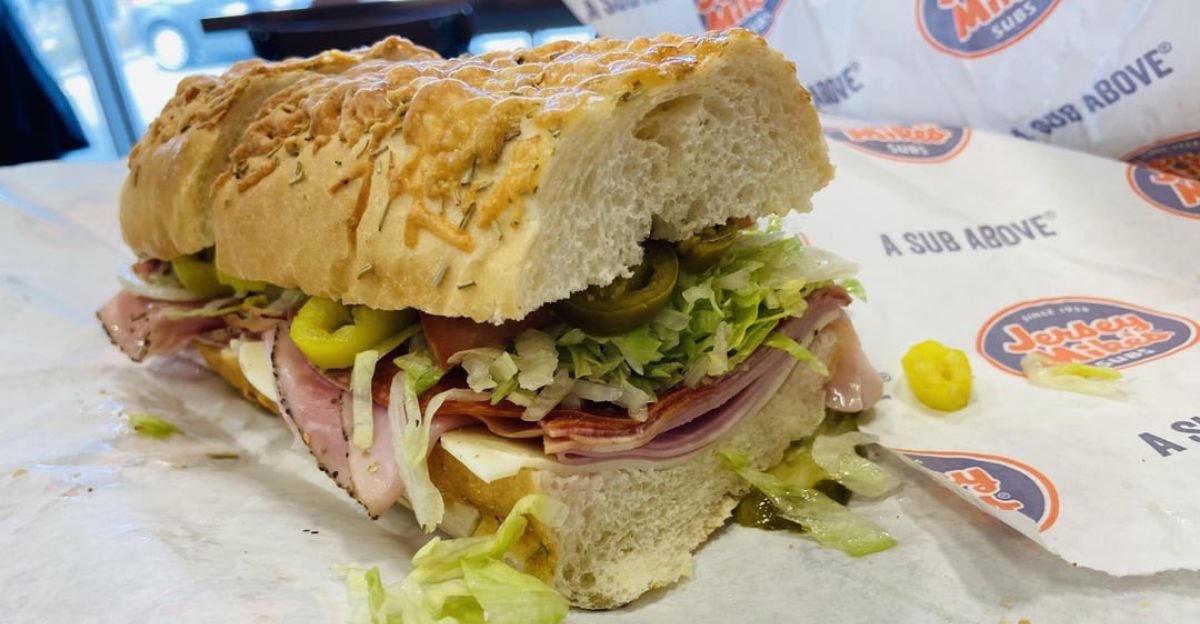
Jersey Mike’s growth is accelerating fast. The chain is on track to open 10,000 stores in five years, adding 10–15 new locations weekly without losing quality. Operators complete 500 hours of training before launch.
Blackstone’s $8 billion investment shows private equity sees something traditional investors missed: a brand that scales fast, without falling apart. While competitors chase hype, Jersey Mike’s sticks to one mantra: “be true to the brand.” And somehow, that old-school focus is exactly what’s powering the industry’s most impressive modern rise.
Panera Bread
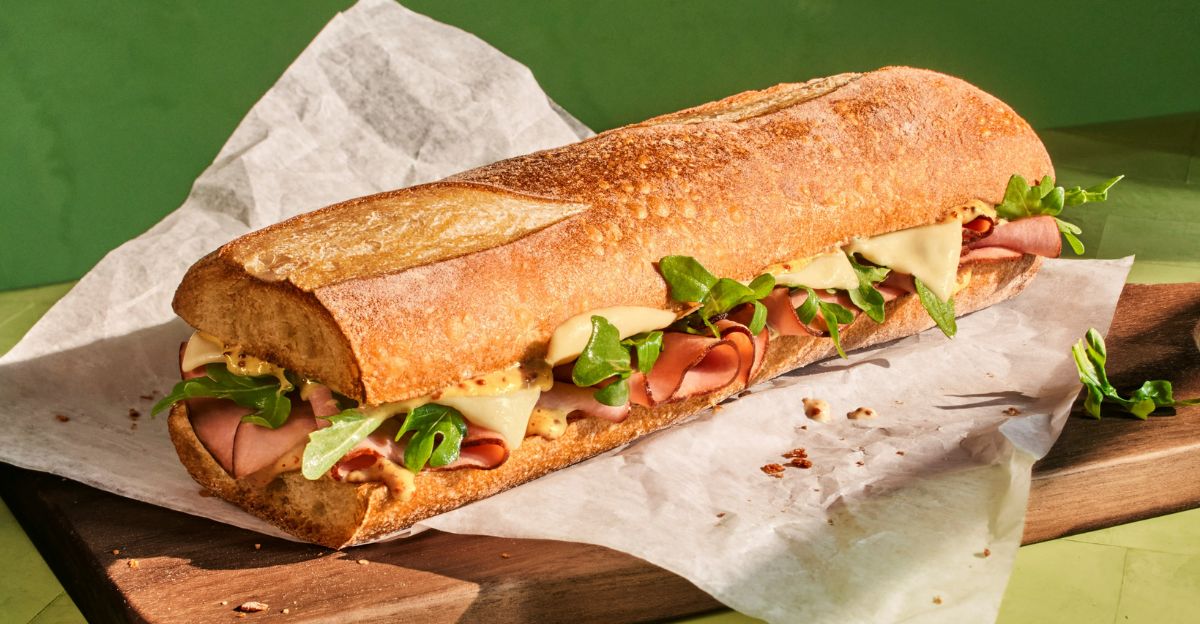
Panera didn’t aim to rule sandwiches. It built a “third place” between work and home, and conquered the category by accident. With over 2,000 locations, Panera’s pulling in atleast $7 billion annually.
People pay more to linger in laptop-friendly spaces. Panera’s recent menu revamp added 20 new items, but its secret sauce is still the atmosphere. While others sped up service, Panera made deli food feel like a café hangout. That shift, subtle but powerful, redefined what a sandwich shop could be. Turns out, good vibes sell better than good rolls.
Firehouse Subs
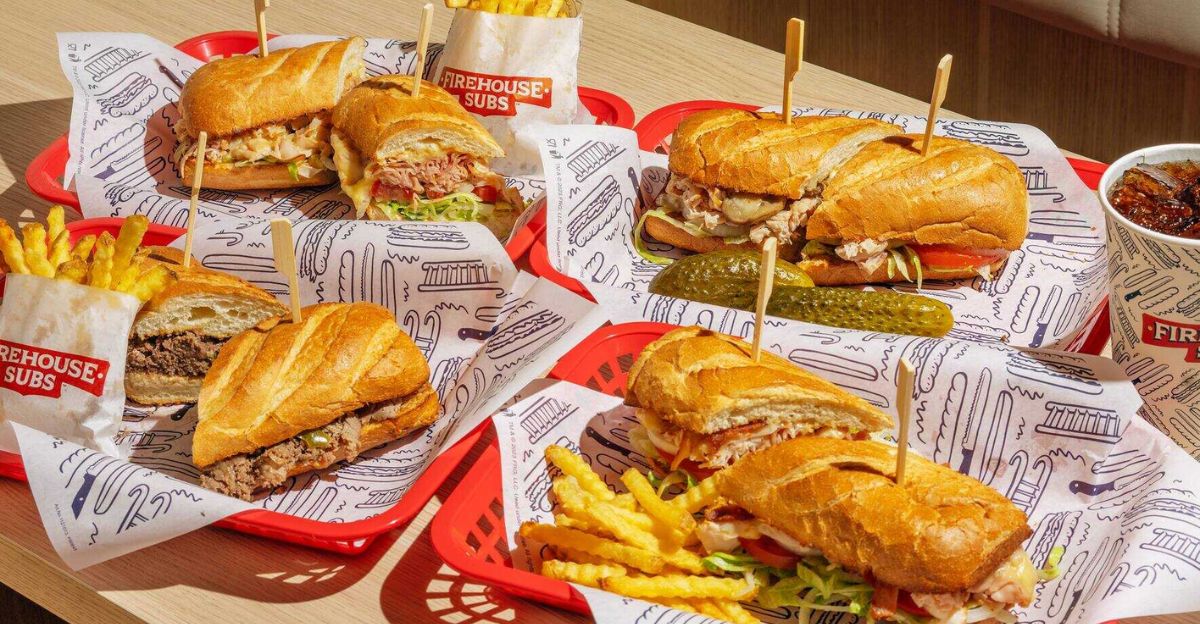
Two firefighter brothers built a sandwich empire by selling more than food, they sold identity. Firehouse Subs, now part of Restaurant Brands International, runs 1,300 locations with plans to expand into Brazil and Mexico. Their branding centers on public service and heroism, creating emotional loyalty that others can’t buy.
Customers see a cause, not just a meal. Their steaming method makes sandwiches juicier, giving functional weight to the emotional pitch. This brand didn’t grow by being the cheapest or the fastest; it grew by owning the powerful overlap of purpose and lunch. And that made it worth $1 billion to a global conglomerate.
Arby’s
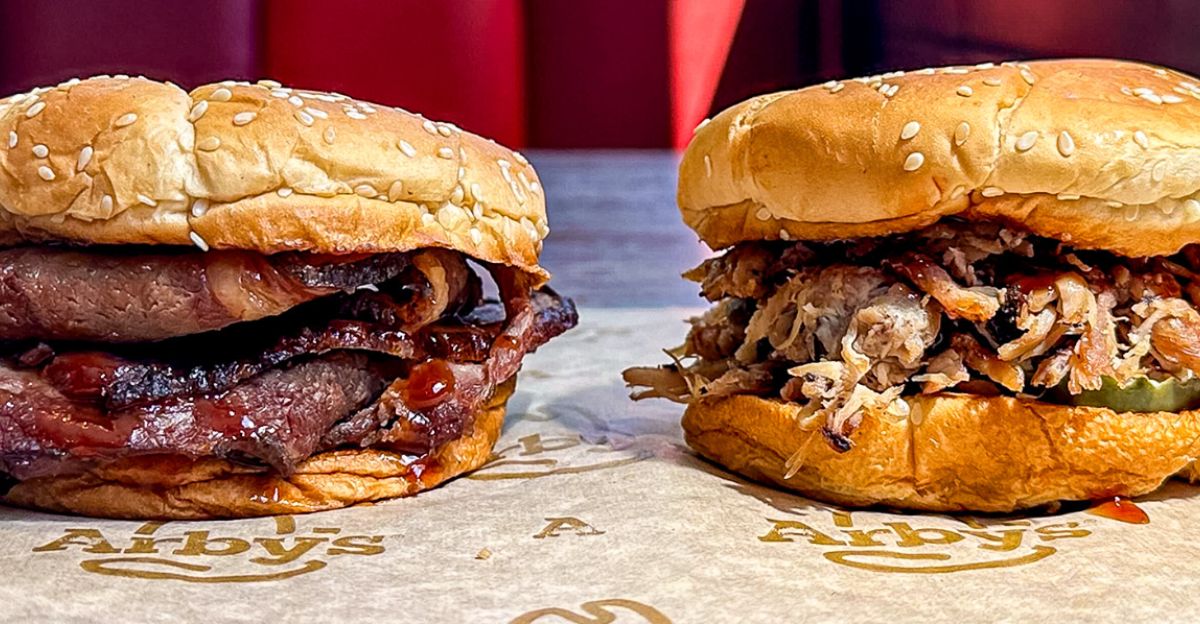
Arby’s has thrived to be a full carnivore. Its “We Have the Meats” campaign rejected plant-based trends and delivered a 9.6% sales jump. The brand leaned into chaos: a 13-hour smoked brisket ad, a viral Pharrell hat tweet, and unapologetic meat worship.
While others softened their image, Arby’s doubled down on being bold, meaty, and loud. That strategy turned niche appeal into cult loyalty. By polarizing instead of pleasing, Arby’s stood out in a saturated market. In a world of bland health trends, they won by being brash, and by giving meat lovers something to cheer for.
Which Wich
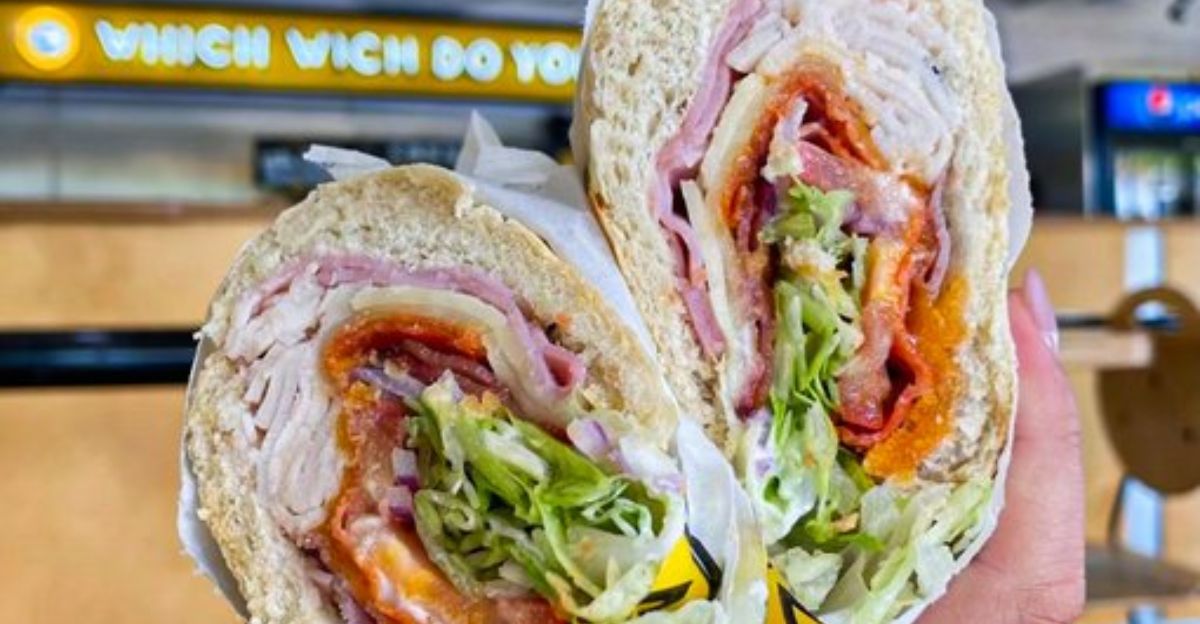
Which Wich changed how people order food, then watched the industry ignore them. Customers write orders directly on paper bags, cutting errors, breaking language barriers, and adding a personal touch. The chain spans 37 states, mostly Texas and the Mid-Atlantic. It’s not huge, but it’s wildly innovative.
So why hasn’t anyone copied them? Because big chains resist real change. Which Wich’s system demands retraining, redesigns, and rethinking flow, all hard sells for legacy brands. Their quiet success reveals an uncomfortable truth: the best ideas in food often stay small, not because they fail, but because no one else dares to try.
Wawa
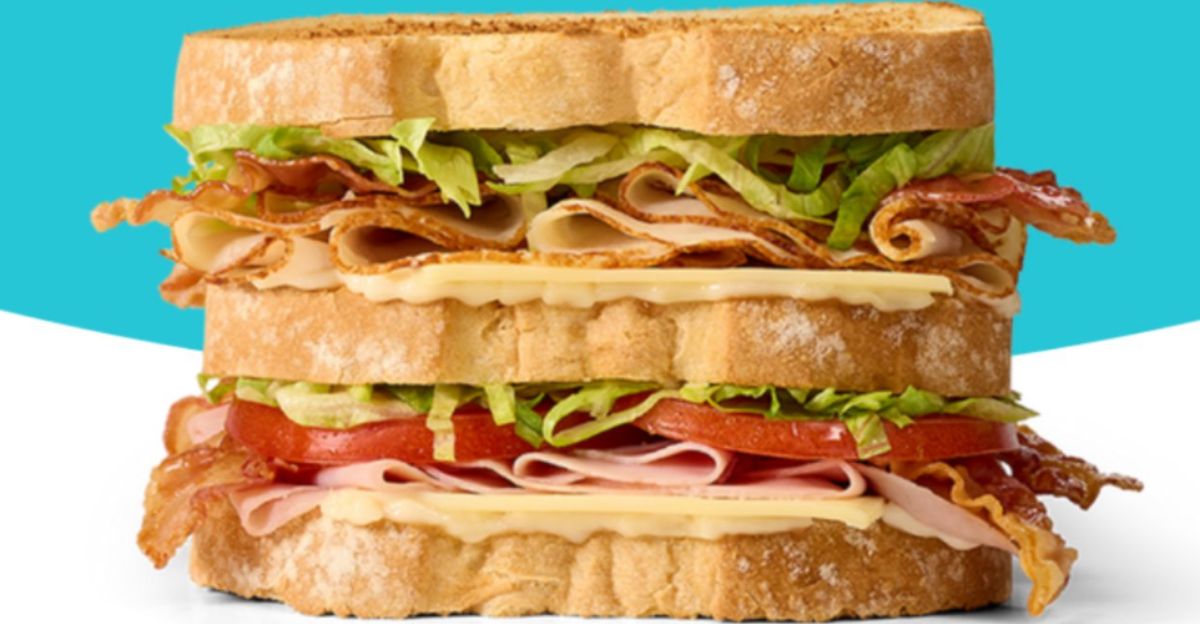
Wawa isn’t just a sandwich shop, it’s a convenience store that has captured the hearts of local people. East Coasters detour entire road trips for a hoagie. Their touchscreen system allowed full customization before it was trendy. Their 24/7 access? Is Game-changing.
Wawa’s food consistently outperforms expectations, proving that fast, reliable, and made-to-order trumps fancy any day. You can grab a hoagie, a coffee, and gas, without leaving the building. If that’s not convenience, then what it is.
Wawa shows that when you combine execution, access, and affection, even a gas station can become a beloved food brand. Sometimes the best sandwiches aren’t where you expect them.
Portillo’s
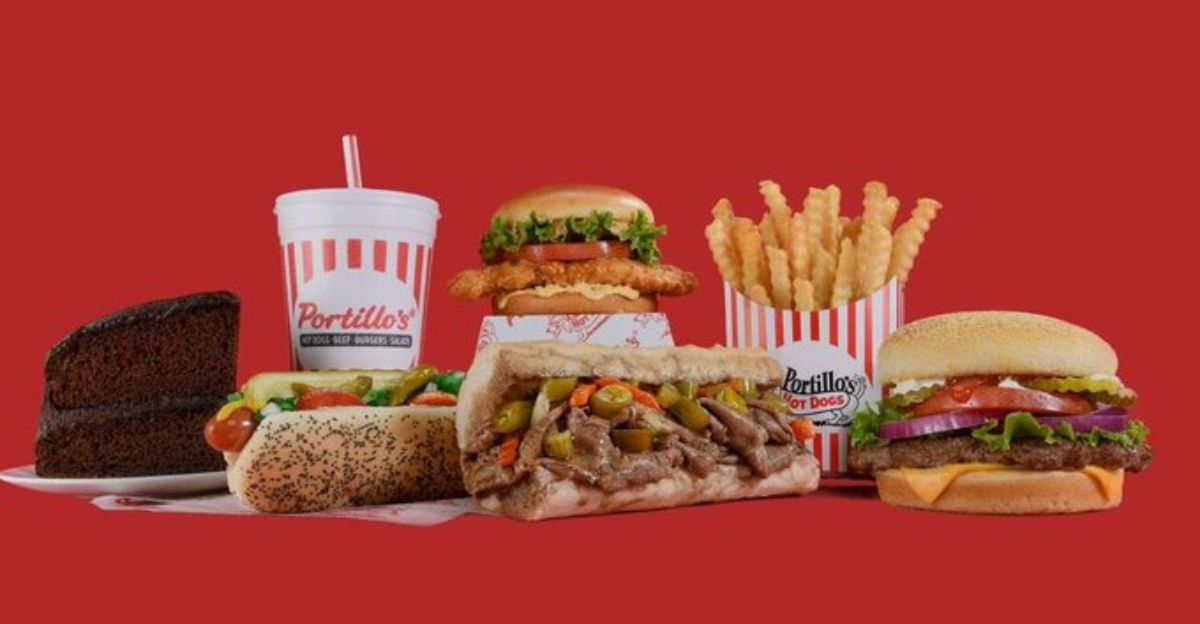
Portillo’s treats expansion has been aggressive. What started in Chicago now aims to build 900 more locations, bringing its Italian beef gospel to America. Each sandwich is slow-roasted, soaked in gravy, and served on fresh French bread. The chain refuses to water down its identity for broader appeal, instead exporting Chicago flavor like it’s sacred.
Florida and California already welcomed the brand with open arms. Portillo’s shows that authenticity can scale, if it’s handled with care. Every new shop feels like a slice of the Windy City. This isn’t just growth, it’s cultural colonization through meat and bread.
McAlister’s Deli
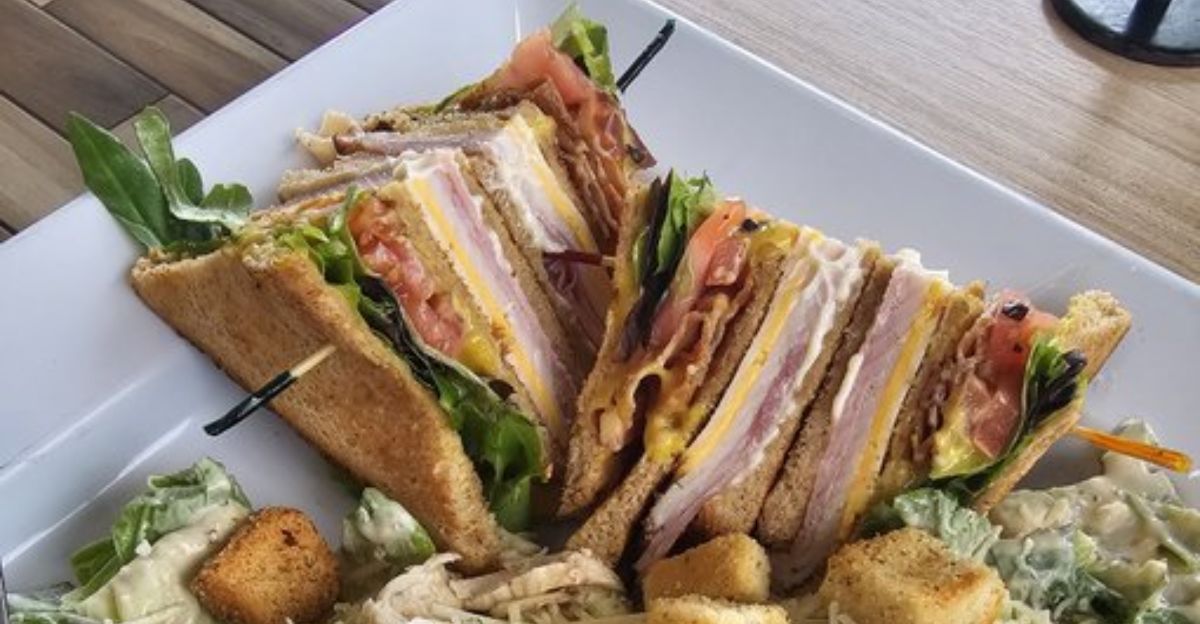
McAlister’s Deli built its brand not just on sandwiches, but on sweet tea. The chain, born in Oxford, Mississippi, treats hospitality as seriously as food. Their stacked McAlister’s Club gets the spotlight, but it’s the tea that keeps folks coming back. The chain targets markets where Southern charm still drives loyalty and pricing power.
McAlister’s proves you don’t need to go national to win big, you just need to become essential to your region. In a sea of sameness, this brand stands out by leaning into local flavor and comfort.
Potbelly Sandwich Shop
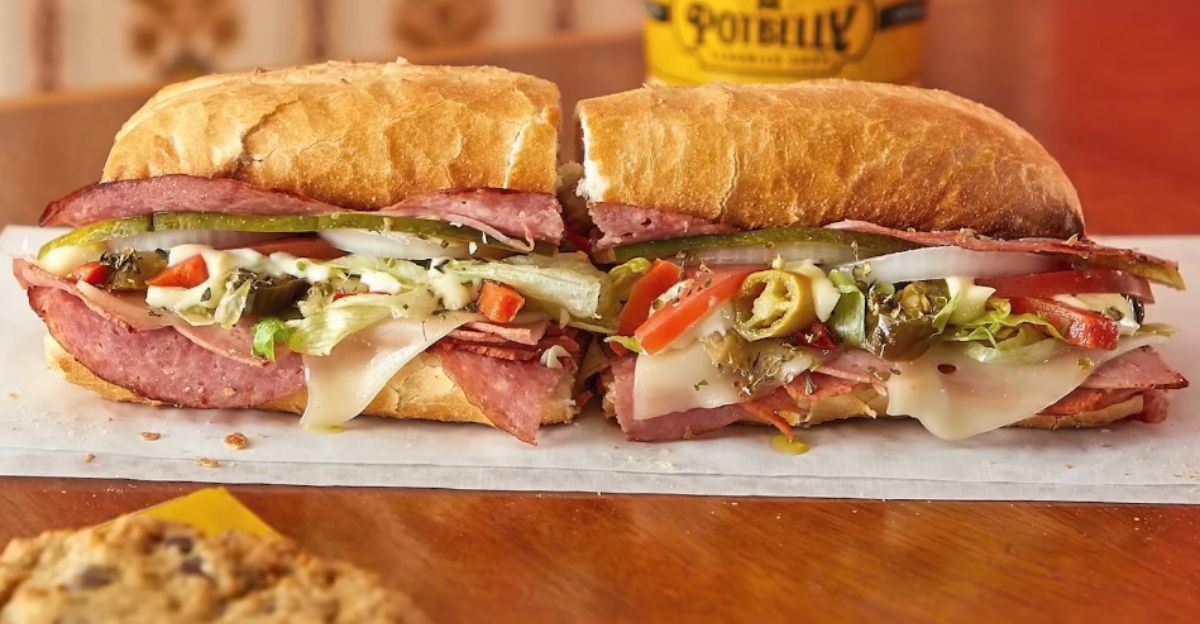
Potbelly Sandwich Shop is a go-to place for many toasted sandwich lovers. This spot is a favorite thanks to its warm, inviting atmosphere with vintage décor and live music, as well as its delicious food. Its signature subs, like the A Wreck, are packed with all kinds of delicious meats, cheeses, and fresh toppings.
Quiznos
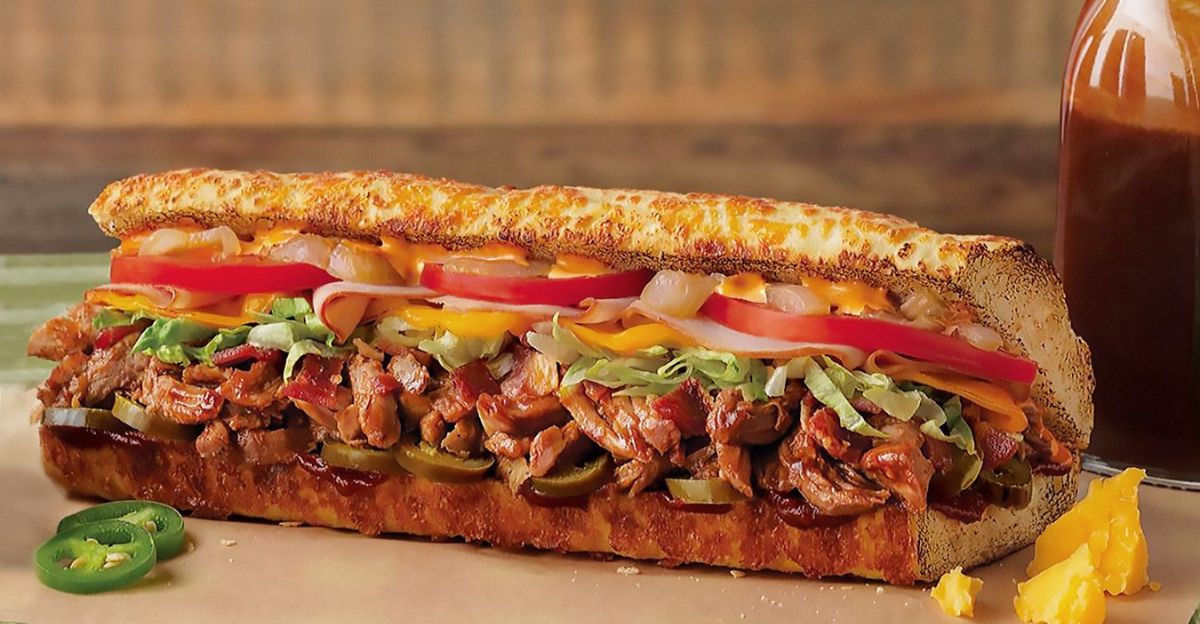
Quiznos has set itself apart from many other fast-food restaurants by pioneering the toasted sub, creating sandwiches with perfectly melted cheese and crispy bread. Some fan favorites are the Chicken Carbonara and Classic Italian, which are loaded with bold flavors. If you haven’t tried Quiznos yet, you absolutely should!
Jason’s Deli
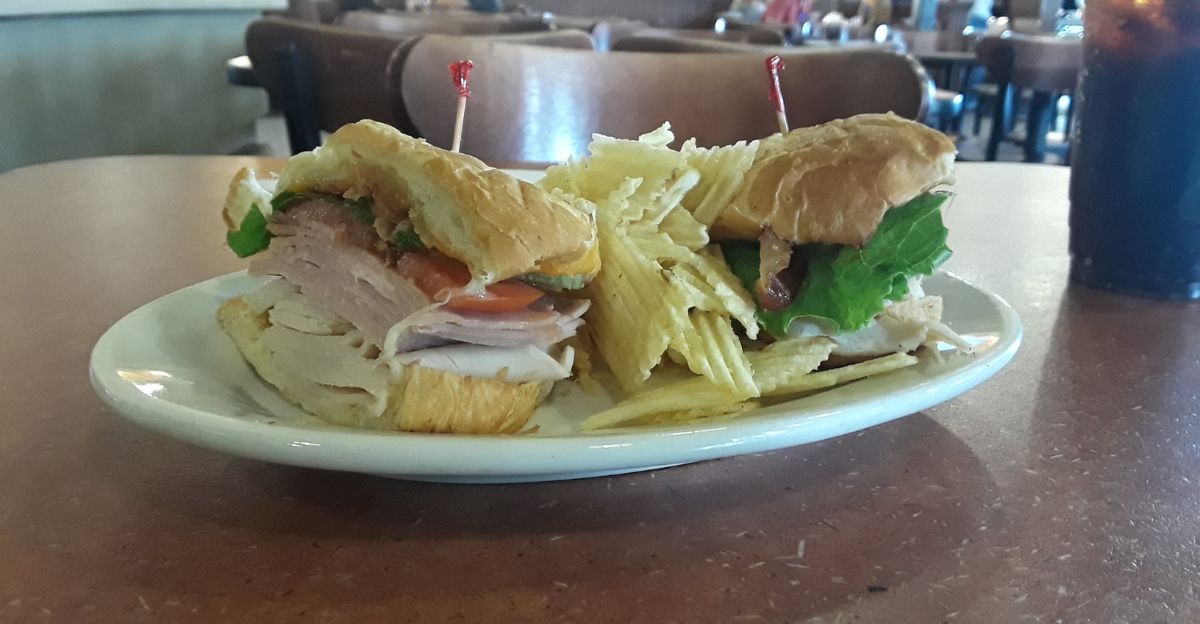
Jason’s Deli is well-known for its expansive menu that features everything from classic Po’boys and muffulettas to an excellent salad bar. This chain is dedicated to serving its customers wholesome ingredients, offering gluten-free and vegetarian options. Jason’s Deli also offers free soft-serve ice cream to all dine-in customers, making it a family favorite.
Schlotzsky’s
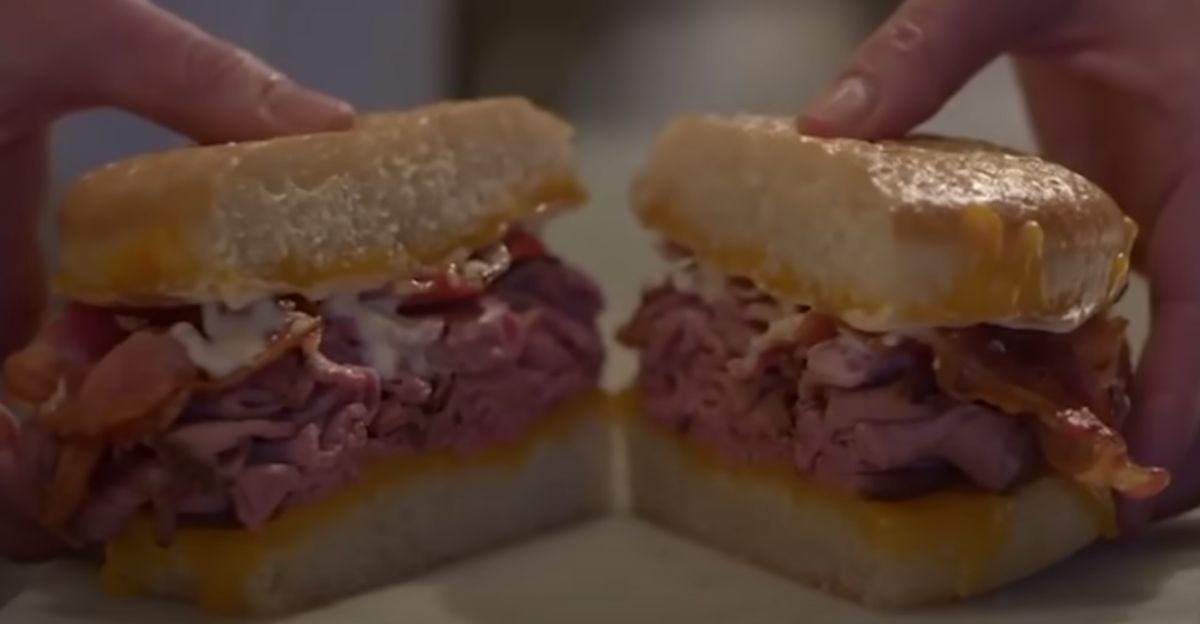
Schlotzsky’s is best known for its distinctive round sourdough buns and bold, tangy flavors. Many fans flock to this restaurant to indulge in the Original sandwich, which is piled high with meats, cheeses, and signature sauce. With roots in Austin, Texas, Schlotzsky’s has grown into a national brand, capturing fans’ hearts all over America.
Penn Station East Coast Subs
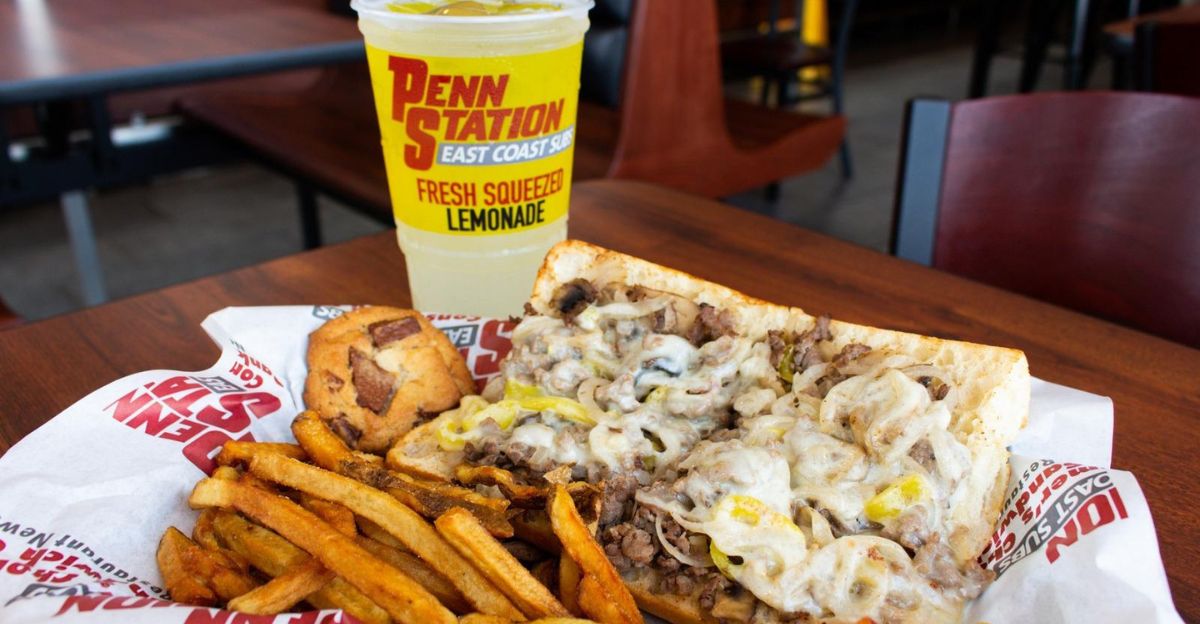
Penn Station East Coast Subs is famous for its hot, made-to-order sandwiches inspired by the East Coast. The Philly cheesesteak is a fan favorite, but their menu also includes fresh-cut fries and hand-squeezed lemonade. This chain’s commitment to quality and flavor-packed subs has made it a go-to for sub lovers across the U.S.
Mendocino Farms
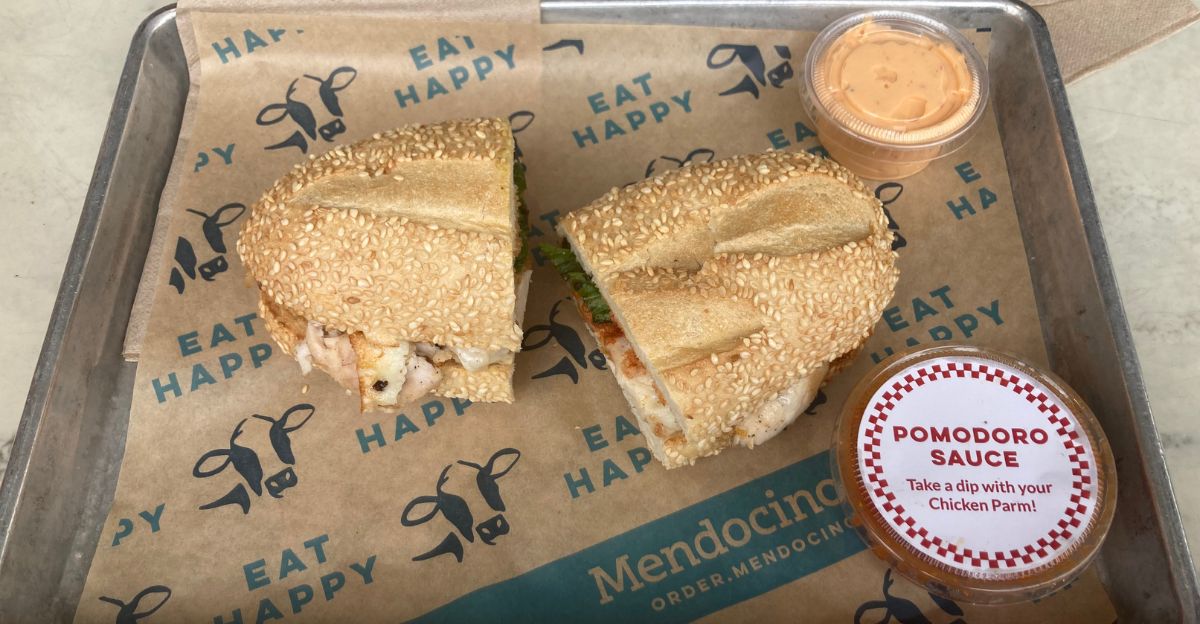
Mendocino Farms has elevated the sandwich scene with its chef-driven recipes and a commitment to locally sourced ingredients. The menu has many creative options, like vegan and globally inspired sandwiches. This chain focuses on freshness and innovation, which is why so many people love it.
Au Bon Pain
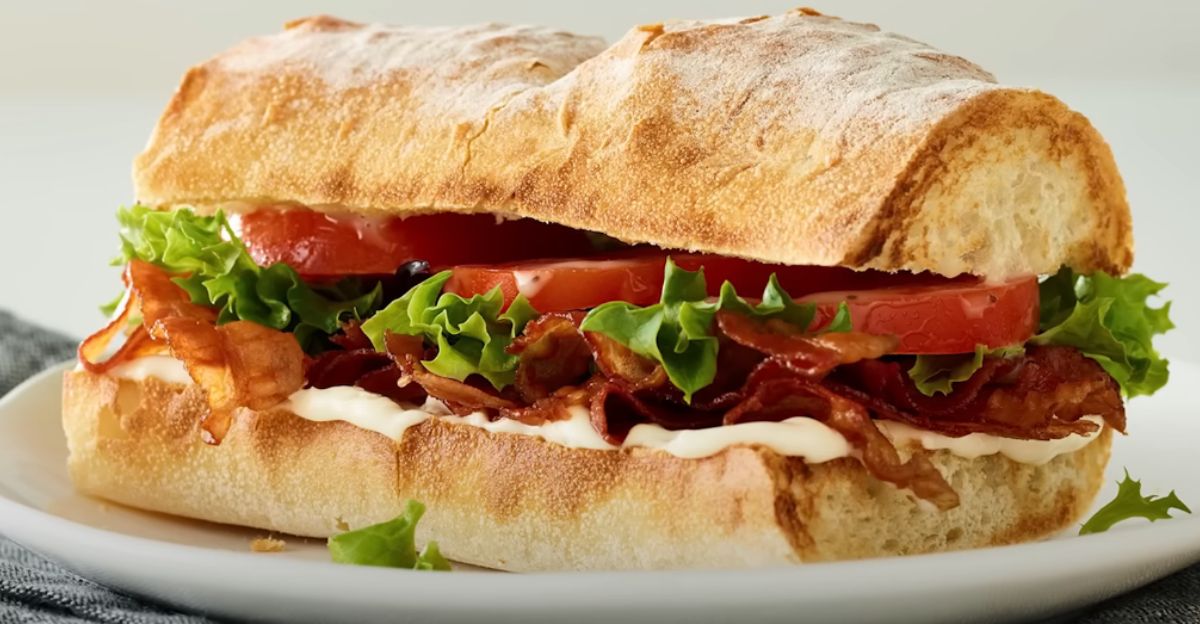
Au Bon Pain blends French café charm with a large sandwich menu featuring everything from fresh baguettes and croissants to health-conscious choices. It is known for its urban locations and offers breakfast sandwiches, paninis, and a variety of soups and salads. If you’re in the mood for a good sandwich, you should check it out.
Pret a Manger
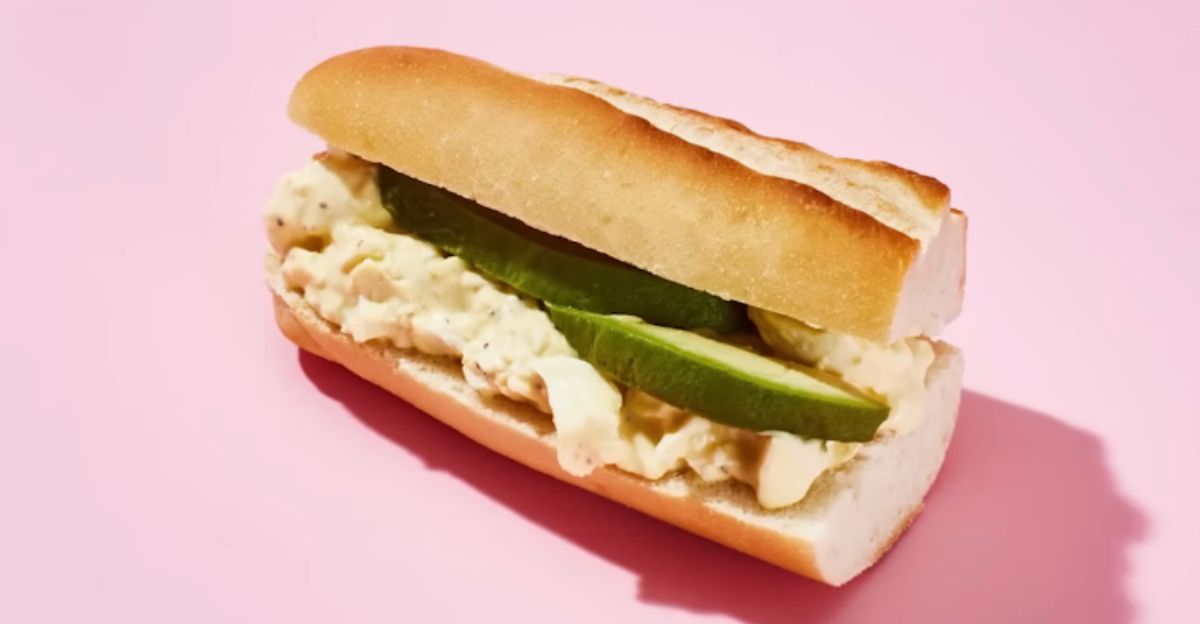
Pret a Manger has made a name for itself with its fresh, ready-to-eat sandwiches that are made daily with natural ingredients. The menu features favorites like the Chicken Caesar Baguette, as well as a bunch of vegetarian options. Thanks to its focus on sustainability and quick service, it has become a favorite in the world of sandwiches.
Publix Deli
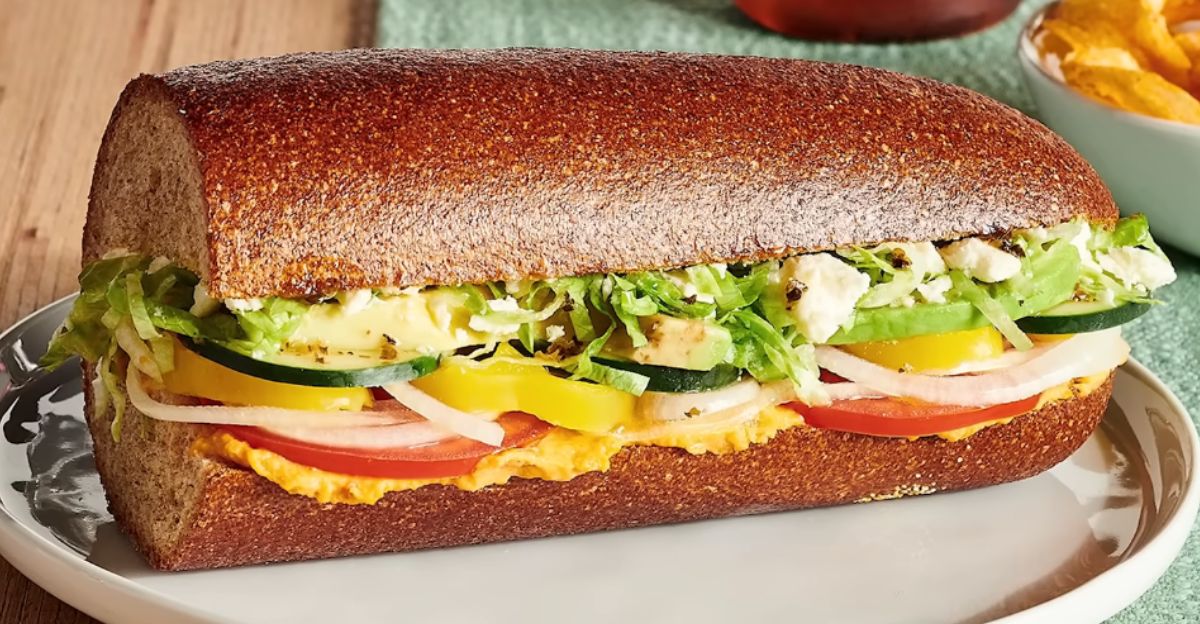
Publix Deli’s “Pub Subs” have achieved somewhat of a legendary status in the Southeast. These subs are favorites due to their generous portions and fresh ingredients. Built to order in the supermarket, these subs are loved for their flavor and value. The chicken tender sub is one of their best, and everyone should try it at least once.
Blimpie

Blimpie is one of America’s oldest sub chains. Over the years, it has become popular thanks to its classic deli-style sandwiches and friendly service. Though it’s not as widespread as it used to be, its dedication to fresh-sliced meats, cheeses, and traditional recipes has kept it a favorite for many sub enthusiasts.
The Empire Strikes Back – What These Kings Say About the Future of Food
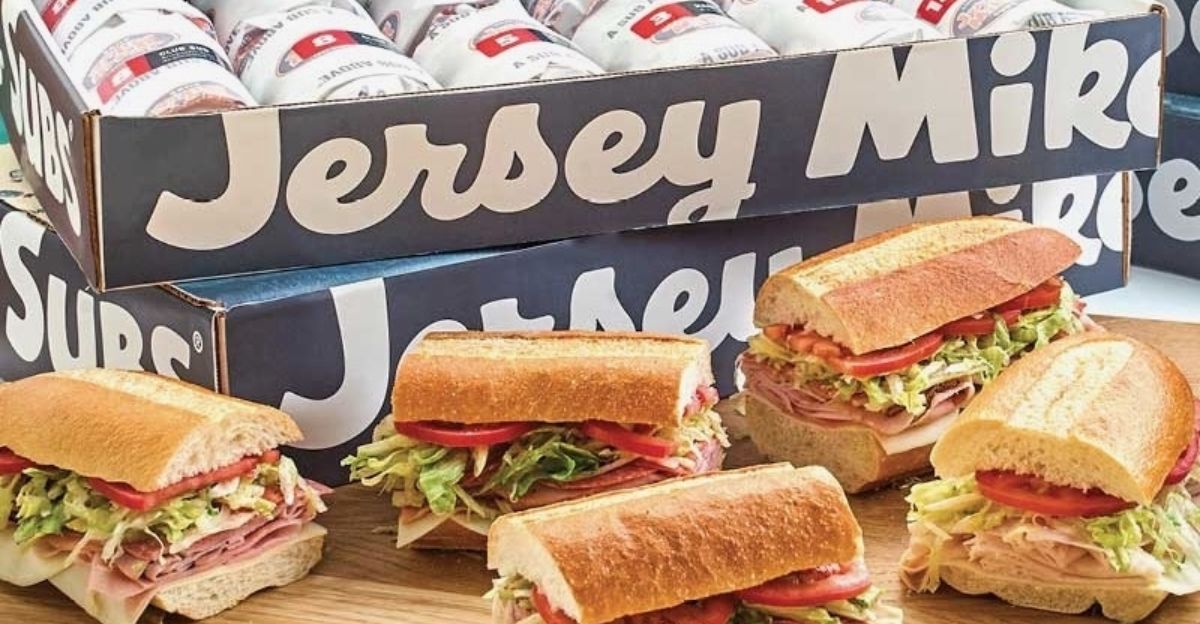
These sandwich giants didn’t win by making better sandwiches. They won by breaking the rules. McDonald’s blurred category lines. Jersey Mike’s scaled like a tech company. Panera made lifestyle the product.
Each of these brands succeeded not through hype, but by rethinking how people eat, why they buy, and what they care about. Emotional connections. Operational mastery. Cultural timing. The war isn’t over. In fact, it’s just getting started. The real question? Who’s building the model that will own America’s appetite next?
